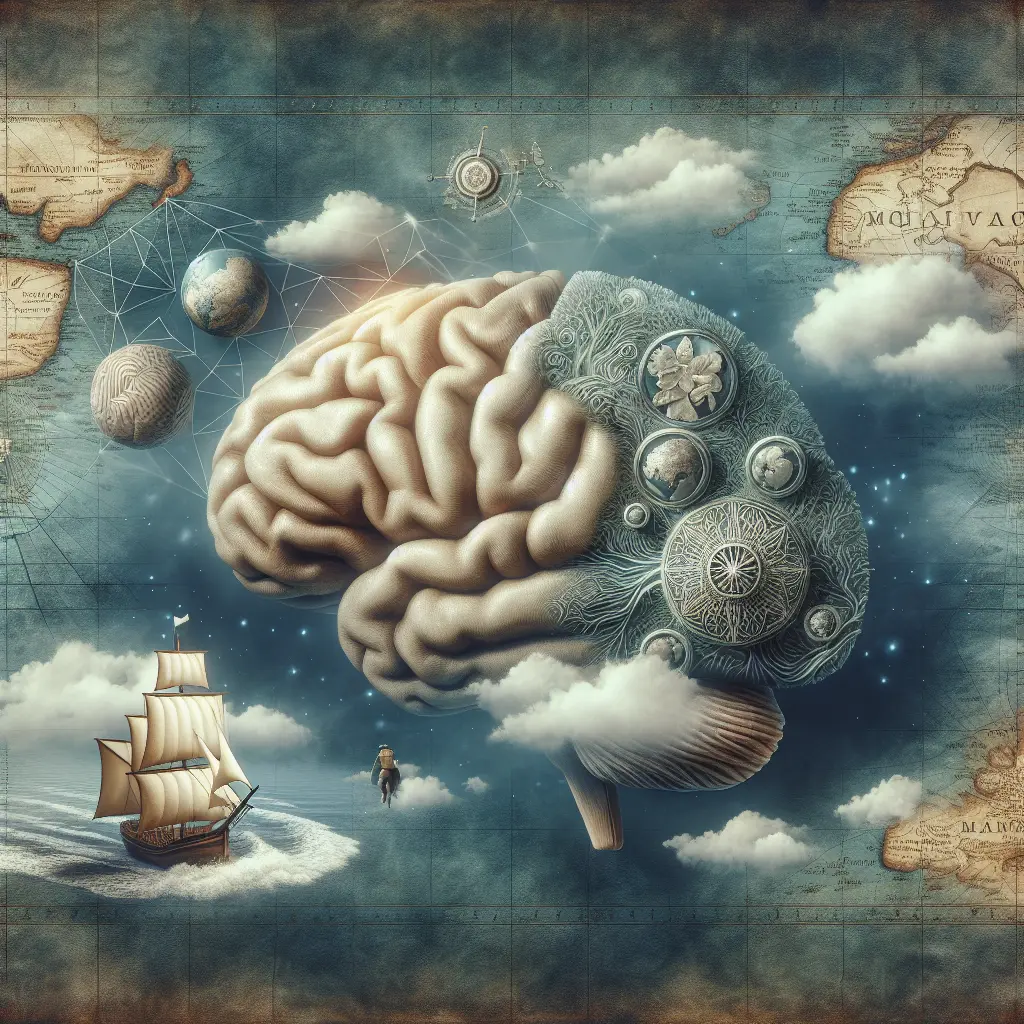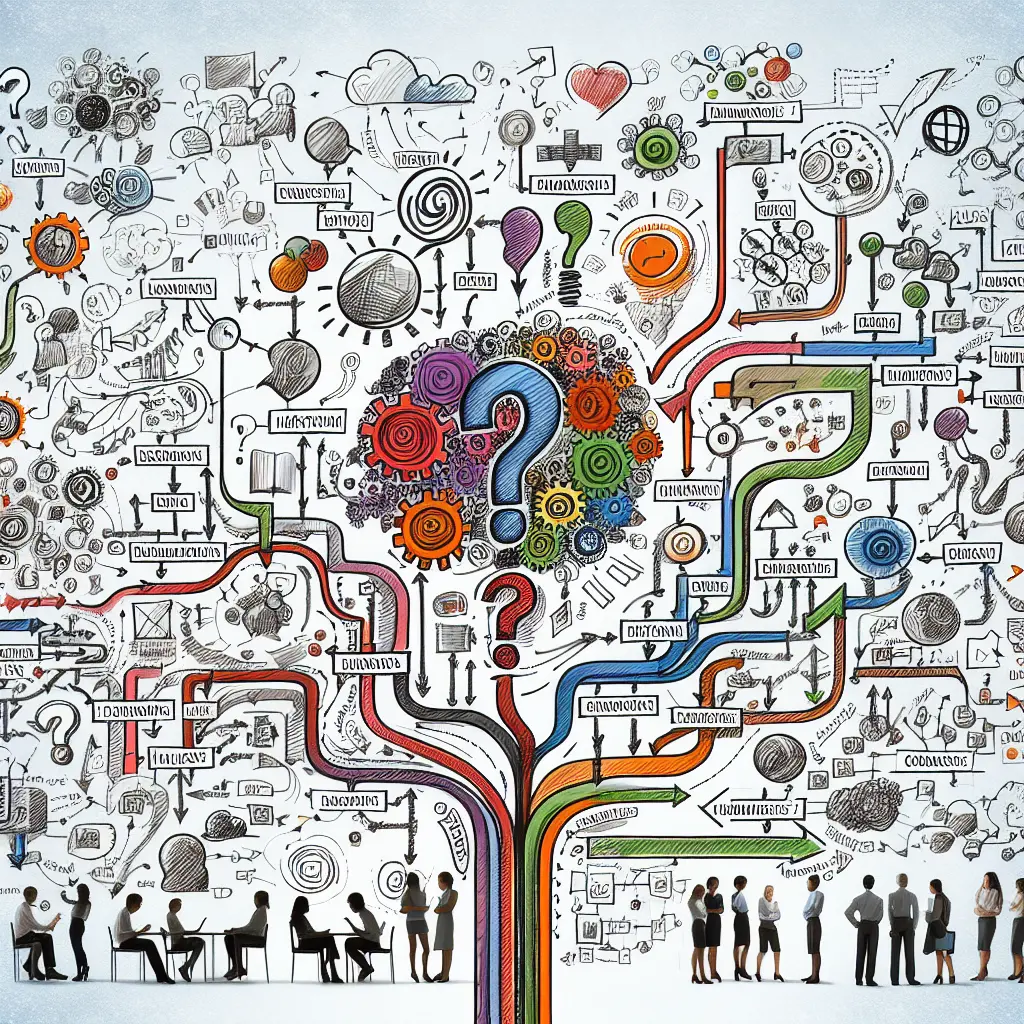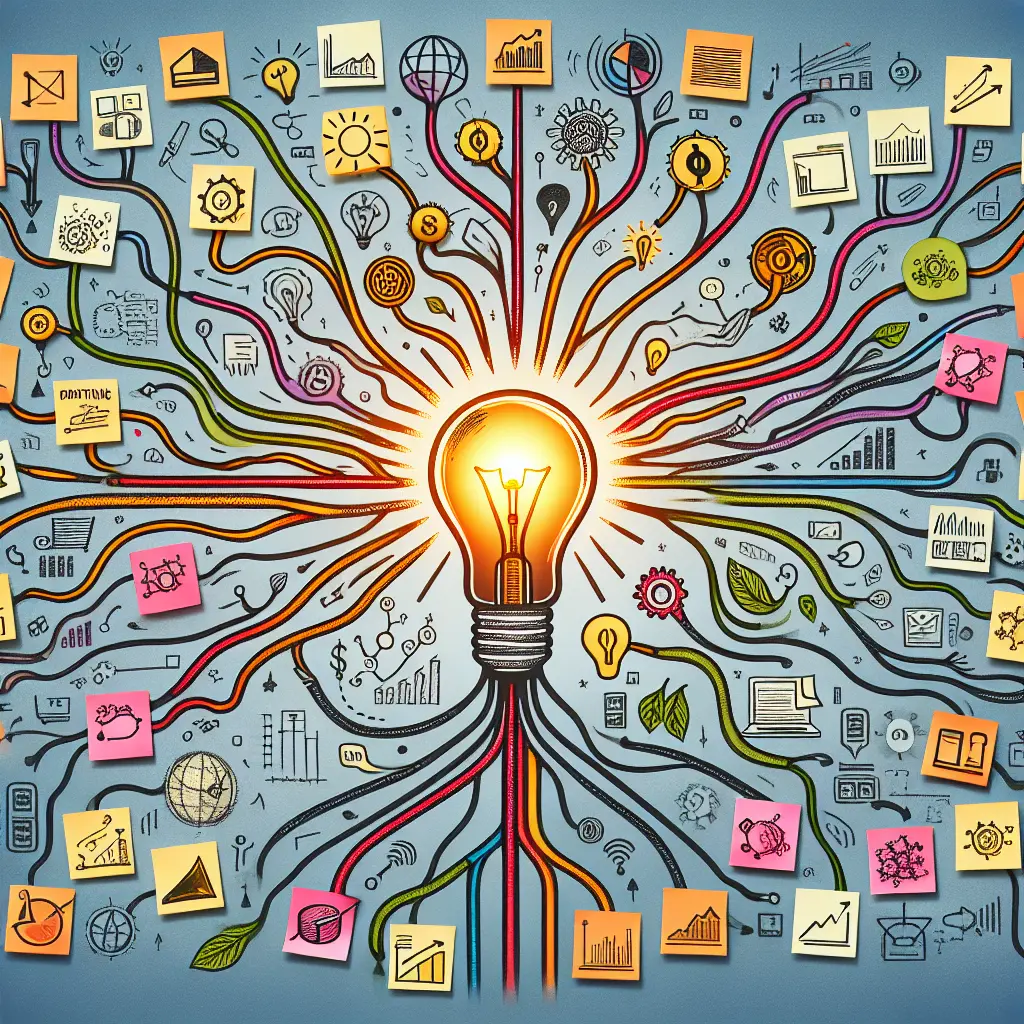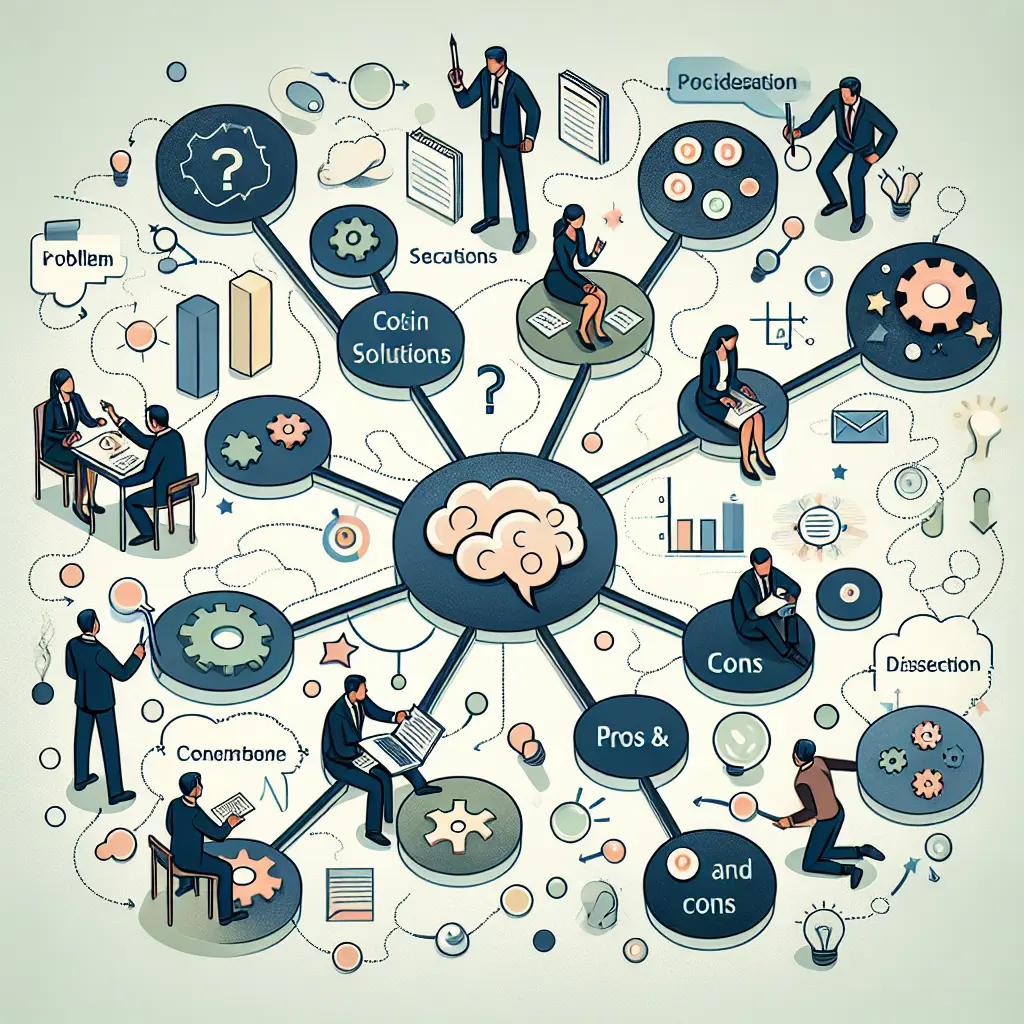In the realm of arts and entertainment, the ability to visualize complex concepts is a skill that separates the ordinary from the extraordinary. Mind mapping techniques have emerged as a powerful tool for artists and creatives, offering a structured yet fluid way to explore and express ideas. These visual thinking techniques enable artists to craft artistic mind maps, transforming abstract thoughts into tangible visuals that spark innovation. From mind maps for artists to entertainment visualization techniques, the creative mind mapping process enhances creativity by providing clarity and direction.
Art and mind mapping go hand in hand, offering a canvas where intricate ideas unfold effortlessly. For those seeking innovative thinking with mind maps, this method serves as a catalyst for creativity boosting. Through mind mapping exercises for artists, individuals can unlock their potential and foster a deeper understanding of their artistic visions. Whether it's brainstorming with mind maps or engaging with specific mind mapping tools for creatives, the possibilities are endless.
Furthermore, mind mapping in arts extends beyond traditional boundaries, infusing life into entertainment mind mapping. This approach allows for the seamless blending of visual arts mind mapping with complex concept visualization, ultimately enhancing the viewer's experience. As you delve into the world of mind mapping for creativity, you'll discover its potential to transform your artistic endeavors.
Embark on this journey of visualizing ideas with mind mapping, where each node and branch offers a new perspective. As we explore these creativity-enhancing techniques, we'll uncover how mind maps can revolutionize artistic expression, providing a fresh lens through which to view the world of arts and entertainment.
In the rapidly evolving landscape of art and entertainment, mind mapping techniques have become indispensable tools for visualizing complex concepts. They serve as a bridge between abstract ideas and tangible representations, facilitating creativity and innovation. This section delves into how these techniques are reshaping artistic processes and enhancing creative endeavors through recent developments and practical applications.
Mind Mapping Techniques for Visualizing Complex Concepts
Visual thinking techniques like mind mapping allow artists and creatives to explore complex concept visualization by structuring their thoughts in a visual format. These techniques can be particularly effective for brainstorming with mind maps, as they help organize ideas and reveal connections that might otherwise remain hidden. For instance, a recent Geeky Gadgets article discusses the integration of the Excalidraw plugin with Obsidian, illustrating how digital tools enhance visual note-taking and idea organization, crucial for artists seeking clarity in their creative processes.
Artistic mind maps transform abstract thoughts into structured visual representations. By employing creative mind mapping, artists can capture the fluidity of their ideas while maintaining a coherent structure. This approach not only aids in the creation of new artwork but also enhances the viewer's experience through entertainment visualization techniques. As highlighted by Tryolabs, Python libraries such as those used in AI and data tools are now being leveraged to create more sophisticated visual arts mind mapping applications, offering artists advanced capabilities to visualize intricate concepts.
Entertainment mind mapping pushes the boundaries of traditional arts by integrating technology with creative expression. This fusion is exemplified by the use of digital platforms like Excalidraw within tools such as Obsidian, allowing creatives to develop and share complex ideas seamlessly. The integration of technology in art and mind mapping broadens the possibilities for storytelling and concept development, providing a dynamic way to engage audiences.
The use of mind maps is a proven method for creativity boosting with mind maps, offering artists a way to unlock their potential. Mind mapping exercises for artists encourage innovative thinking with mind maps by presenting information visually, which can lead to unexpected insights and breakthroughs. For those involved in entertainment visualization techniques, these exercises provide a structured yet flexible framework for exploring new narrative pathways and visual styles.
Tools and Techniques: Empowering Creatives
Mind mapping tools for creatives have evolved significantly, offering diverse functionalities tailored to the unique needs of artists. From digital platforms like Excalidraw that integrate with existing organizational tools to more specialized software designed for complex concept visualization, these tools enhance the creative process by offering customizable options that align with individual artistic visions.
Excalidraw Integration: As noted by Geeky Gadgets, integrating Excalidraw with Obsidian enhances visual thinking capabilities, providing artists with an intuitive way to visualize ideas with mind mapping.
Python Libraries: According to Tryolabs, advancements in Python libraries have introduced new possibilities for artistic mind maps, allowing for more sophisticated data visualization and interactive elements.
Case Studies: Real-World Applications
1. Digital Storyboarding: Filmmakers and animators utilize entertainment mind mapping to create detailed storyboards that map out complex narratives visually. This method ensures that every scene aligns with the overall artistic vision, facilitating a smoother production process.
2. Concept Art Development: Visual arts mind mapping is employed by concept artists to explore different themes and styles before committing to a final design. By visualizing ideas with mind mapping, artists can efficiently iterate on their concepts, leading to more refined outcomes.
3. Interactive Installations: Artists creating interactive installations use mind mapping in arts to plan and execute complex projects that engage audiences on multiple levels. These artistic mind maps help organize technical details alongside creative elements, ensuring a cohesive experience.
The Future of Mind Mapping in Arts
As technology continues to advance, the role of mind mapping techniques in art and entertainment will likely expand. With tools that facilitate complex concept visualization becoming more accessible, artists can expect even greater opportunities for innovation. Whether through AI-enhanced software or collaborative platforms that support remote creativity boosting with mind maps, the future promises exciting developments that will redefine how we perceive and interact with art.
In conclusion, the integration of digital tools and techniques in art and mind mapping is transforming how artists approach complex concepts. Through innovative thinking with mind maps and leveraging new technologies, creatives can continue to push the boundaries of what's possible in their work. As we embrace these advancements, the potential for enhanced creativity and new forms of artistic expression becomes limitless.
Visual Thinking Techniques: Mind maps offer artists a structured way to explore and organize ideas, revealing connections that may otherwise remain hidden. Tools like Excalidraw integrated with Obsidian are enhancing visual note-taking, as highlighted by Geeky Gadgets.
Artistic and Entertainment Applications: From digital storyboarding and concept art development to interactive installations, mind mapping aids in visualizing intricate concepts, enabling more sophisticated and engaging artistic projects.






Leave a Comment